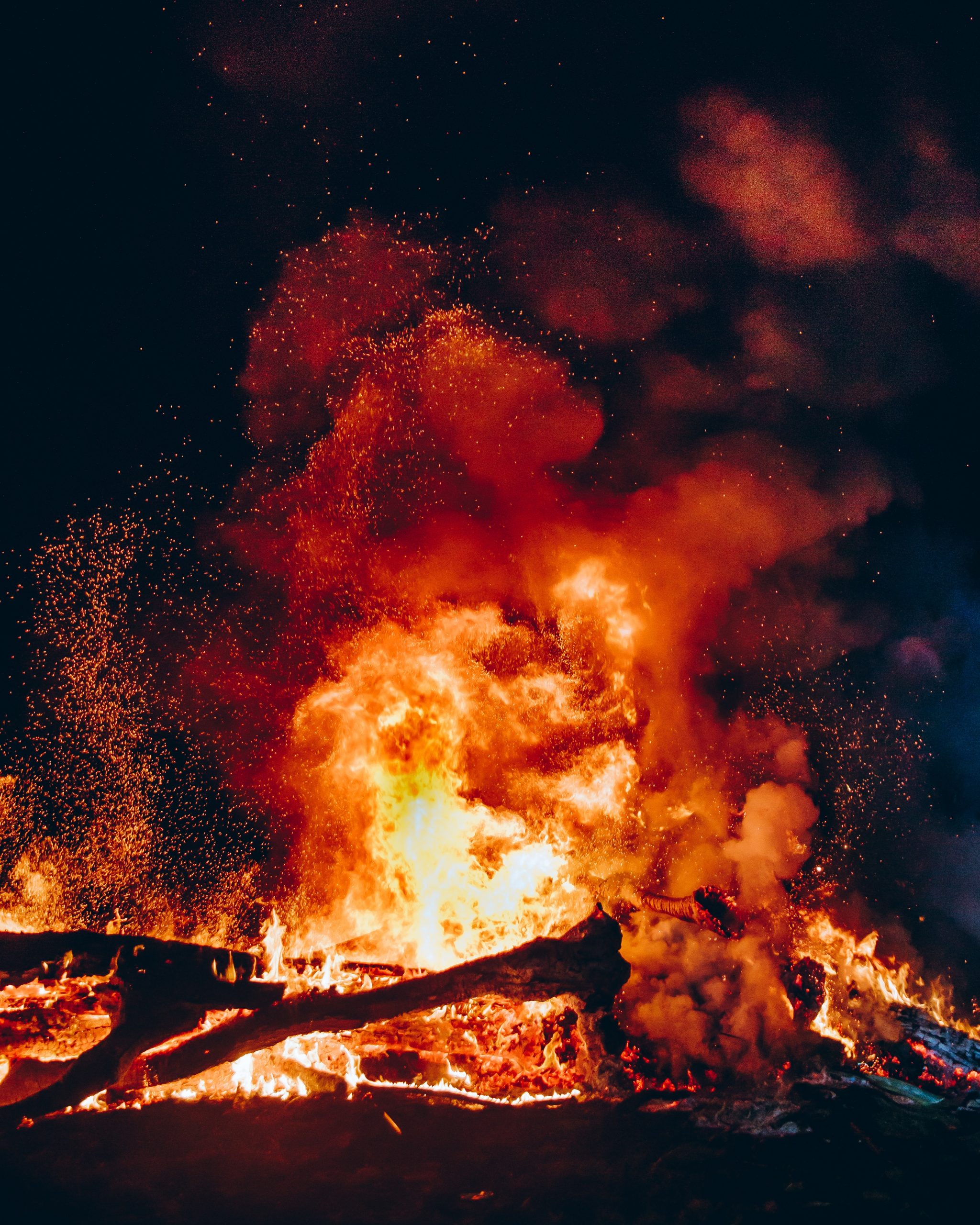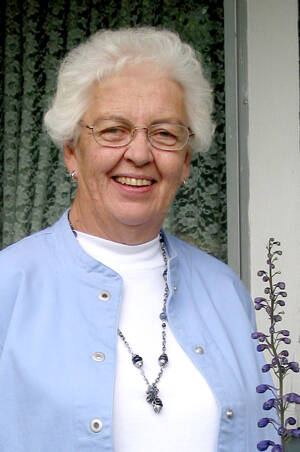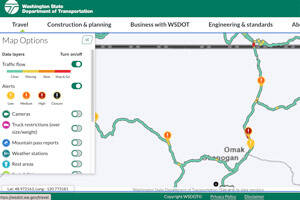OLYMPIA – As part of the Washington State Department of Natural Resources’ (DNR) ongoing efforts to strengthen rural fire districts in wildfire-prone areas, Okanogan County Fire District 10, which covers the Loomis area, will be one of several rural fire departments to receive a surplus wildfire engine transferred to it from the state Department of Natural Resources.
“Local fire districts are an invaluable part of our efforts to reach wildfires early and keep them small,” said Commissioner of Public Lands Hilary Franz. “Transferring engines directly to fire districts ensures that local communities are better protected and better able to quickly put out wildfires. We are all in this together – all lands, all hands.”
In 2017, the state legislature authorized DNR to transfer ownership of surplus engines to rural fire districts in wildfire-prone areas at no cost.
The program strengthens the ability of local fire districts to respond quickly to wildfires in their coverage areas. It also benefits DNR, our state’s wildfire fighting force, by reducing response times to wildfires, thereby reducing the potential for larger, more severe wildfires.
Last year, DNR provided surplus engines to 10 rural fire districts around the state. This year, the agency is transferring 17 of its older engines.
DNR’s Fire District Assistance Program
DNR’s fire district assistance program provides local and rural fire districts in Washington state opportunities to establish, develop, improve and maintain their wildland firefighting capabilities.
The programs make several types of training, equipment and other assistance more affordable to local fire districts. For more information on the program, visit our website: www.dnr.wa.gov/FireDistrictAssistance.
DNR Wildfire and Agency Leadership
Franz, oversees the Department of Natural Resources and its responsibility to prevent and fight wildfires on 13 million acres of private, state and tribal-owned forestlands. This includes supervising the state’s largest wildfire department, which participates in Washington’s coordinated interagency approach to firefighting, as well as managing 3 million acres of state trust lands, 2.6 million acres of state aquatic lands, 92 state natural areas, rule administration across 12 million acres of Washington forestlands and the Washington State Geology Survey.






